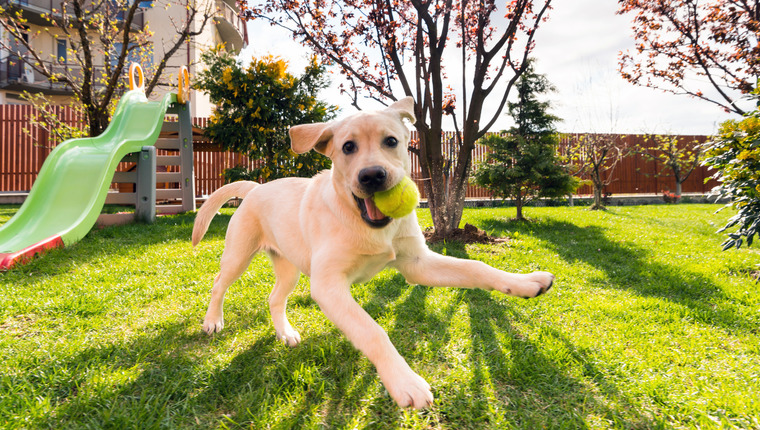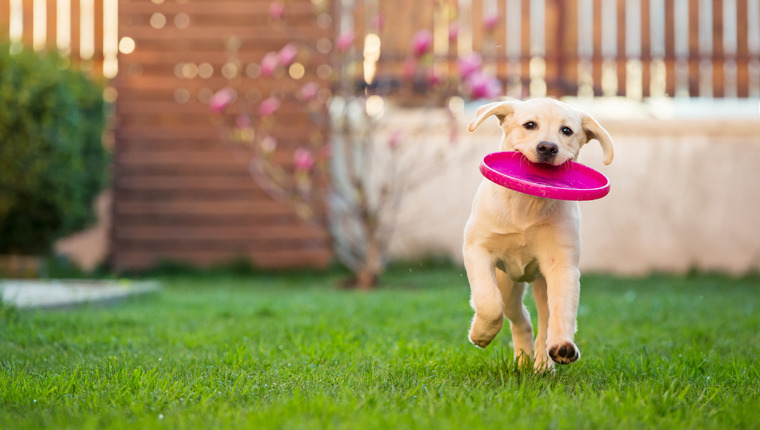
For any dog owner, spending time with your dog outside is one of life’s little pleasures. Whether you’re playing with a ball or a toy or simply enjoying the sun, you can have a great time in the garden with your pup.
…


For any dog owner, spending time with your dog outside is one of life’s little pleasures. Whether you’re playing with a ball or a toy or simply enjoying the sun, you can have a great time in the garden with your pup.
…



